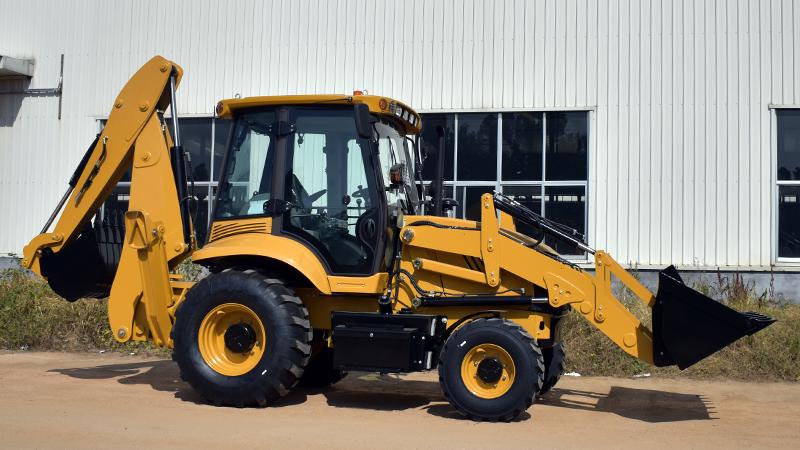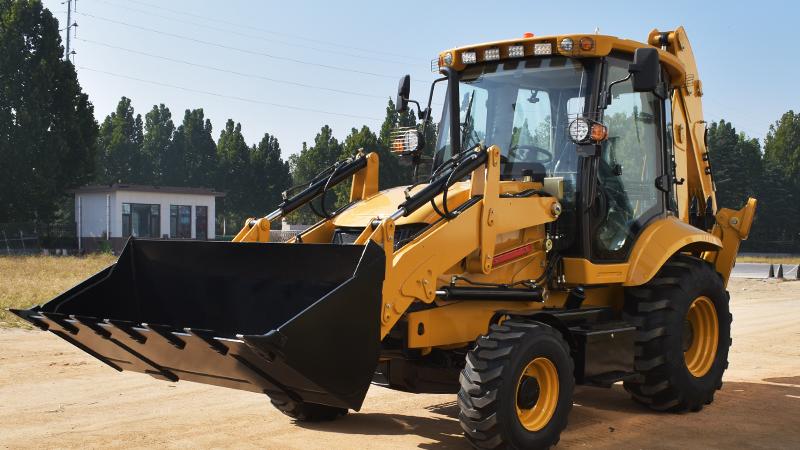The backhoe loader market is dominated by several major global brands, each with a distinct heritage and engineering philosophy that sets them apart. The key differences between industry leaders like Caterpillar, John Deere, JCB, and Case lie in their design priorities, technological integration, and overall value proposition. Caterpillar, for instance, has built its reputation on unparalleled durability and resale value. Their machines are often perceived as over-engineered for extreme-duty applications, featuring robust frames and powertrains designed to withstand the most punishing job site conditions. This focus on longevity and strength, however, often comes with a higher initial purchase price. In contrast, John Deere leverages its extensive agricultural background, emphasizing operator comfort, smooth hydraulics, and intuitive controls. A John Deere backhoe loader often feels more refined, with ergonomic cabs and features designed to reduce operator fatigue over long working hours. JCB, the inventor of the backhoe loader, frequently pushes the envelope with innovative designs, such as their iconic side-shift boom and optional telescopic boom, which offer superior flexibility and reach in confined spaces. Understanding these fundamental brand identities—Caterpillar's brute strength, John Deere's operator-centric refinement, and JCB's groundbreaking versatility—is the first step in differentiating the major players in this competitive field.
Delving deeper into performance and specific features, the distinctions become even more apparent, particularly in hydraulic systems, backhoe capabilities, and loader performance. Caterpillar's hydraulic systems are typically designed for raw power and precise control, enabling efficient digging and lifting. Their backhoe dig depth and loader lift capacity are consistently competitive, aimed at users who need maximum performance with minimal downtime. John Deere excels in providing a seamless and responsive hydraulic experience, with systems engineered for smooth, simultaneous operation of multiple functions, which can enhance grading and trenching efficiency. JCB's key differentiator often lies in its backhoe design; the side-shift functionality allows the operator to offset the boom to either side of the machine without repositioning the entire unit, a massive advantage for working along walls or trenches. Case, another historic leader, is frequently praised for its simple, reliable, and easy-to-service designs, offering a compelling balance of performance and maintainability. When comparing specifications, it is crucial to look beyond mere numbers like horsepower and dig depth. Prospective buyers should evaluate the real-world applicability of features like JCB's telescopic boom for extended reach, or the specific bucket leveling and return-to-dig functions found on various models, as these can significantly impact productivity on specific tasks.
The operator's environment and the manufacturer's support network are equally critical differentiators that influence total cost of ownership and job site efficiency. The cab is the operator's office, and here, John Deere often sets a high standard with spacious, quiet, and well-appointed operator stations that include advanced digital displays and customizable controls. Caterpillar and JCB have also heavily invested in their cab designs, integrating climate control, suspension seats, and excellent visibility to boost productivity. However, the most crucial long-term differentiator is often the dealer network and parts support. Caterpillar's global dealer network is renowned for its comprehensive parts availability and technical support, a significant factor for businesses operating in remote locations or those who cannot afford extended equipment downtime. John Deere and JCB also have strong, established support networks. The quality and proximity of a local dealer should be a top consideration, as reliable after-sales service, readily available spare parts, and knowledgeable technicians are invaluable assets that can drastically reduce lifecycle costs and ensure the machine remains a revenue generator rather than a stationary liability.
Finally, the decision often boils down to a balance between initial investment, total cost of ownership, and the specific application requirements. Caterpillar machines typically command a premium price, justified by their legendary durability and strong resale value, making them a solid long-term investment for large-scale or severe-duty operations. John Deere positions itself as a premium brand as well, with its cost justification rooted in superior operator efficiency and comfort, which can lead to higher productivity over time. JCB offers unique feature sets that can provide a distinct competitive advantage on certain jobs, justifying its price point through enhanced capability and versatility. Brands like Case and Komatsu often compete by offering robust and reliable machines with a focus on simplicity and lower maintenance costs, presenting excellent value for budget-conscious buyers. Ultimately, there is no single "best" brand; the optimal choice depends on a careful analysis of your primary work type, operational scale, budget constraints, and the critical support provided by your local dealers. Test-driving models from the major brands is the most effective way to experience these differences firsthand and select the backhoe loader that truly aligns with your business needs.
Post time:Nov.05.2025



